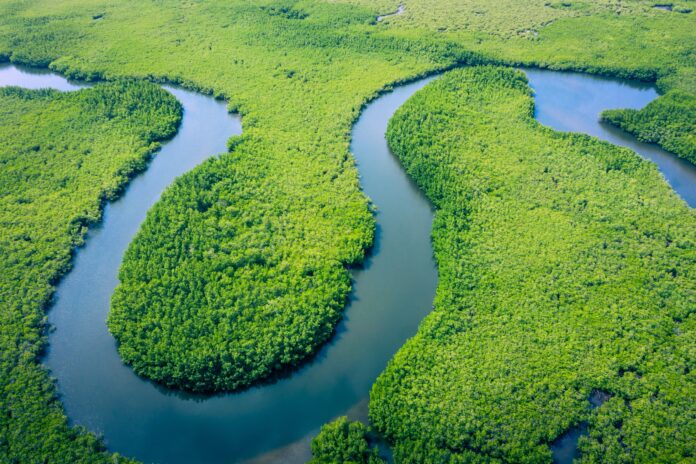The subaquatic optical network connects 500,000 users across more than 400 communities in the Amazon rainforest
Nokia has partnered with fiber optic network operator Global Fiber Peru — a subsidiary of Satelital Group — on the deployment of a new subaquatic optical, IP and fiber broadband network in the Amazon rainforest, which it said is helping bridge the region’s digital divide by connecting 500,000 users across more than 400 communities.
Additionally, Nokia is upgrading South American fiber specialist FYCO’s existing fiber networks in Lima, Cusco and Huancayo, and that pair are providing training, professional services and maintenance services to the area.
“This project is important as it provides fiber connections for the first time to hundreds of communities in the heart of the Amazon rainforest,” commented Osvaldo Di Campli, SVP and head of network infrastructure Americas at Nokia. “Broadband connectivity helps communities and local businesses grow and prosper. We are very happy to be part of this project and appreciate Global Fiber Peru’s trust in Nokia and FYCO, and we look forward to future projects together.”
Nokia supplied what is called a “complete solution” that consists of its 1830 Photonic Service Switch (PSS), 7750 service routers, 7250 interconnect routers, 7210 services access systems (SAS), network service platform (NSP), FX 8 and FX 16 optical line terminals (OLT), fiber optical network terminals (ONTs) and Nokia Beacon 1 devices.
The subaquatic network is “buried in the Amazon River” and provides connectivity across in three countries: Iquitos and Santa Rosa de Yaraví (Peru); Leticia (Colombia); and Tabatinga (Brazil). The network, said the companies, enables Global Fiber Peru to offer the first FTTH (Fiber-to-the-Home) broadband access service in the region, as well as multi-gigabit services for enterprise users.
“We’re excited and proud to be the first company to have successfully deployed an optical fiber network in the depths of the Amazon River, connecting three countries. This achievement bridges a significant digital gap in remote areas previously inaccessible by traditional means,” said Global Fiber CEO Obed Dionisio. “Through our partnership with Nokia, a leading telecommunications company, we’ve enabled these isolated communities to access high-speed internet, bringing them on par with urban areas in terms of connectivity.”
Further North, Nokia is involved in bridging the digital divide through its decision to produce a number of items needed for fiber deployment in Kenosha County, Wisconsin, through a partnership with local manufacturer Sanmina, thus making those products eligible to support projects that fall under the Broadband Equity, Access and Deployment (BEAD) program that will distribute more than $42 billion dollars to U.S. states and territories for digital infrastructure.

